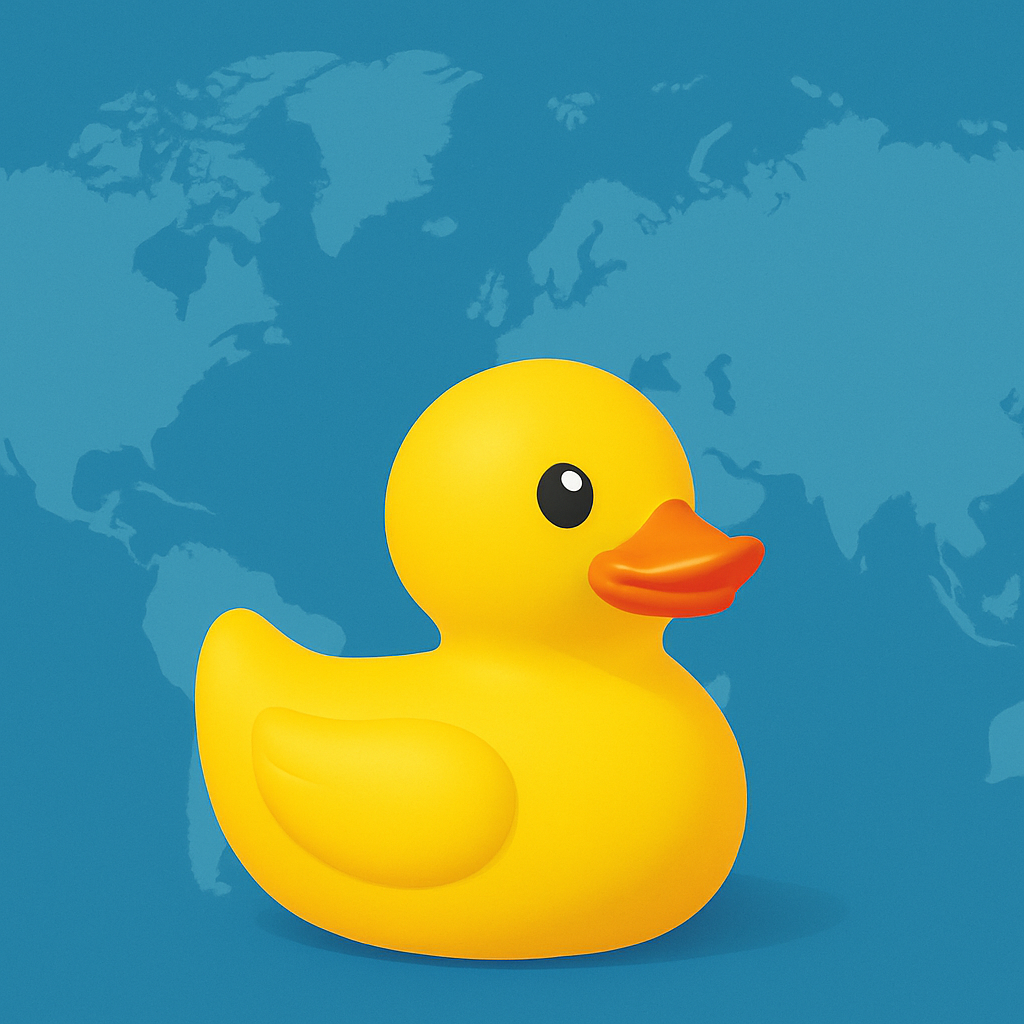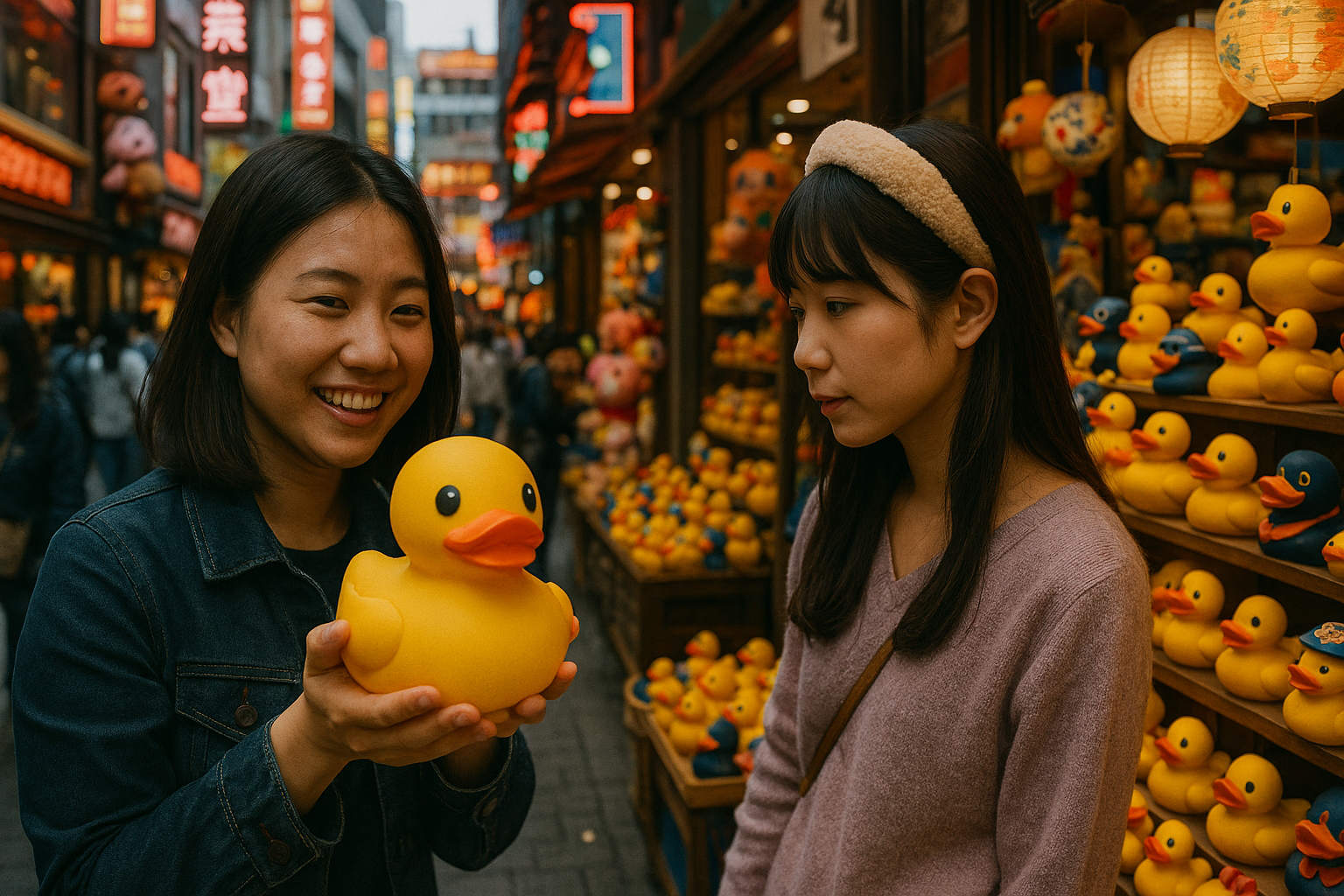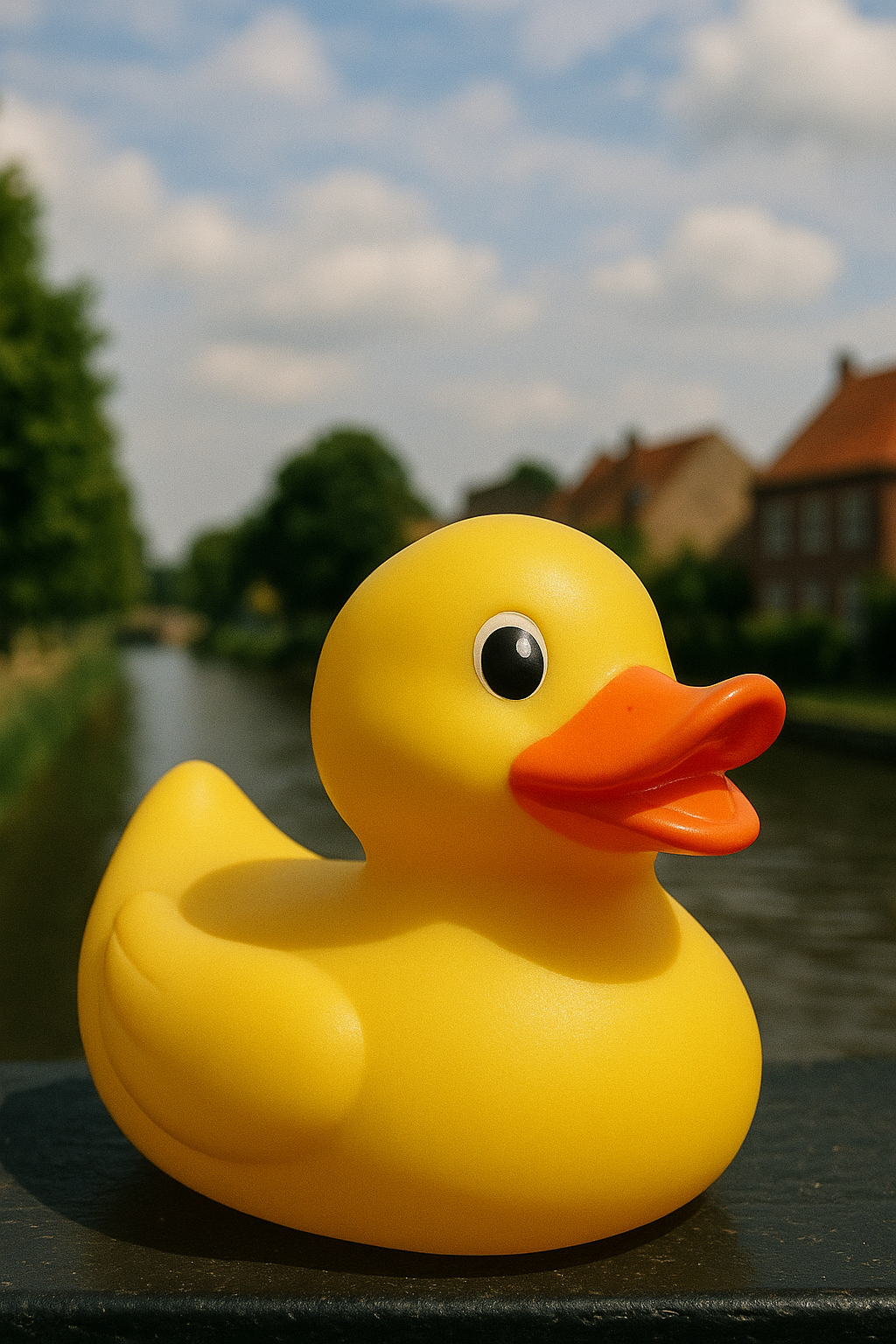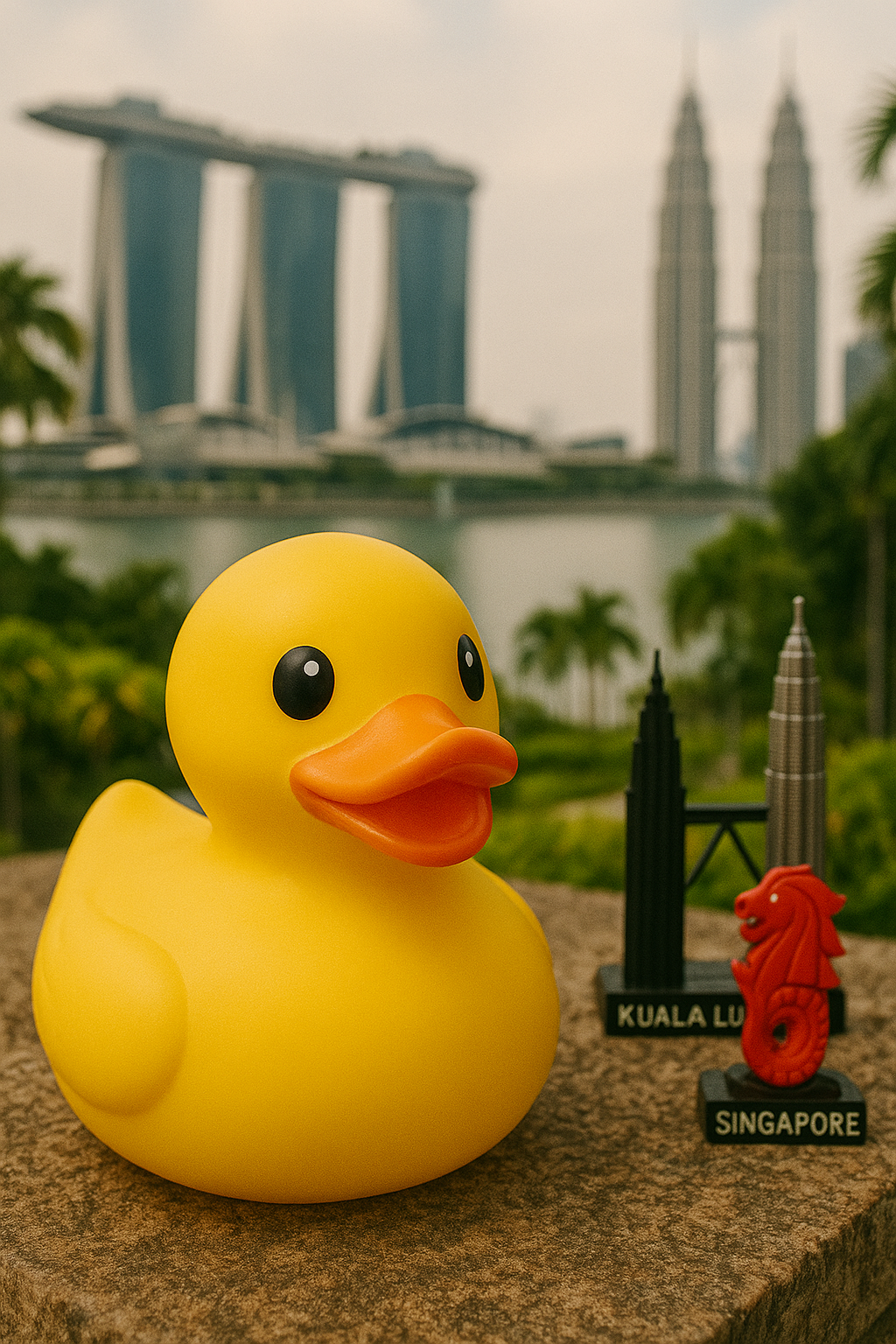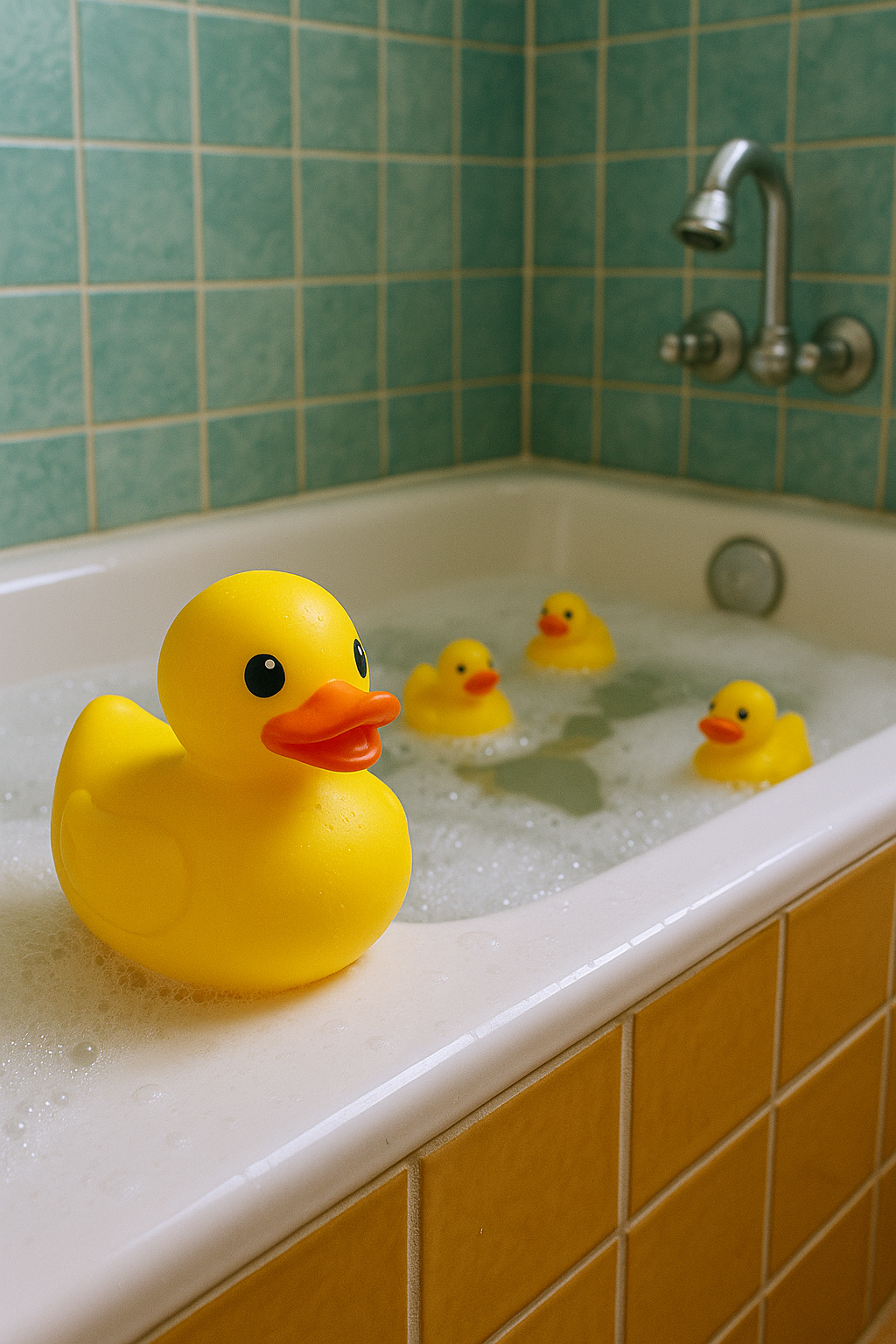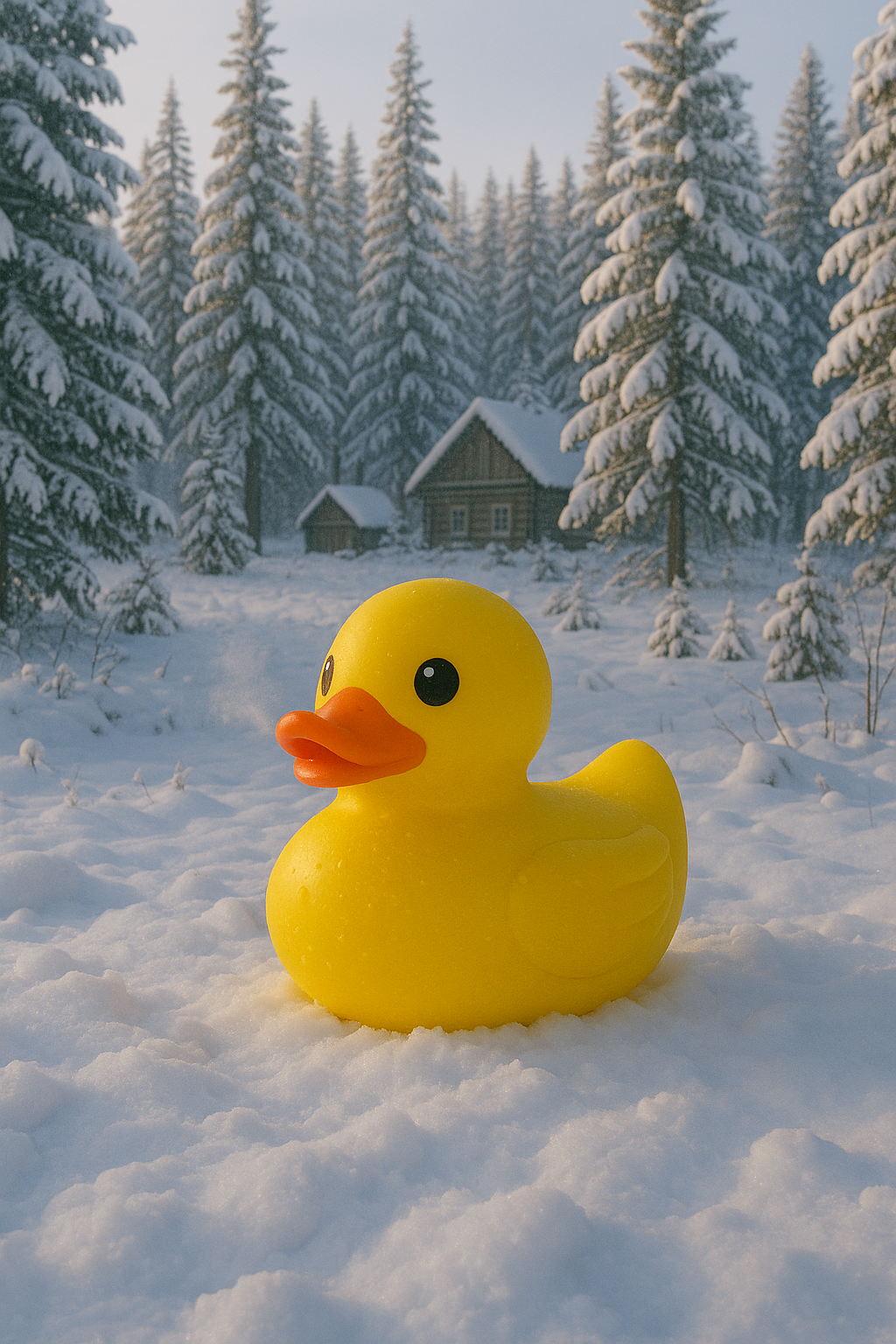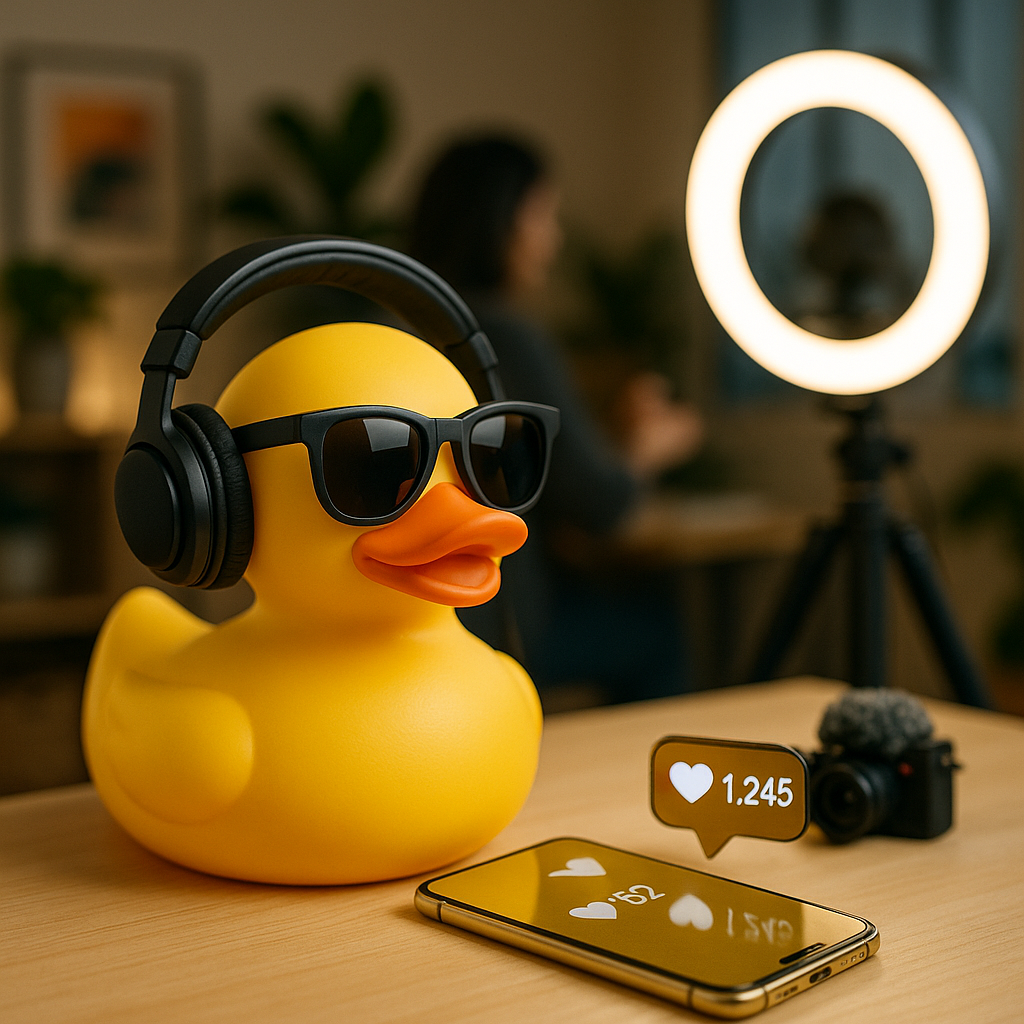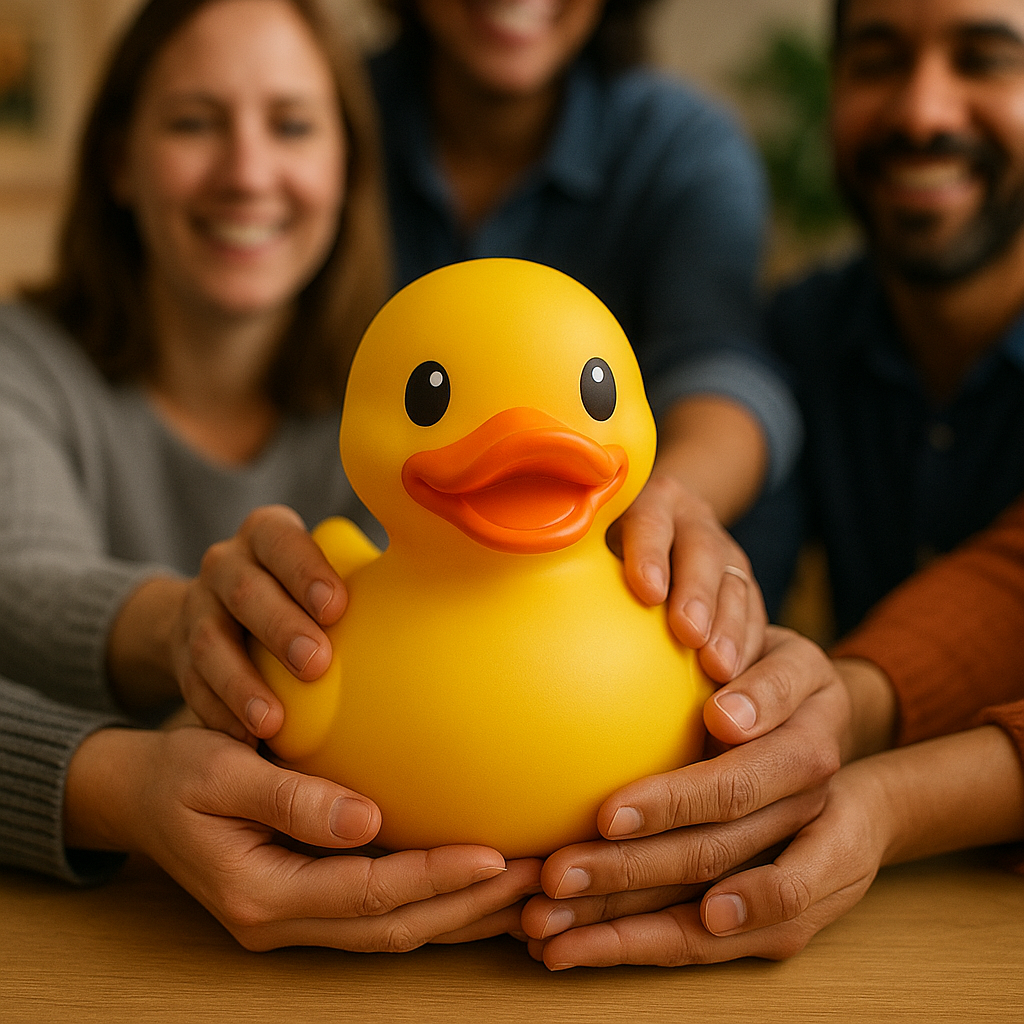Rubber ducks seem simple, yet they’ve quietly floated into cultures worldwide. Why is such a small toy making such a big splash?
Rubber ducks are globally beloved for their cuteness, nostalgia[^1], and cultural adaptability, becoming symbols of comfort, fun, and identity across diverse regions.
Curious how different cultures embraced the same yellow icon? Let’s dive into rubber duck mania across continents.
Asia’s Obsession: From China to Japan, the Power of Cuteness?
Rubber ducks might seem basic, but in Asia, their design taps into a powerful cultural driver—cuteness or “kawaii”[^2].
In China and Japan, rubber ducks thrive due to strong aesthetics of cuteness and widespread social media sharing.
The “Kawaii” Factor and Visual Branding
Asian cultures deeply value visual aesthetics. Rubber ducks, especially oversized ones used in public installations, easily align with Japanese and Chinese pop culture.
In China, the arrival of the giant inflatable duck by Dutch artist Florentijn Hofman[^3] caused a massive social media stir, sparking a renewed interest in duck-themed merchandise. In Japan, ducks are integrated into everything from capsule toys to café themes.
| Country | Reason for Popularity | Key Events |
|---|---|---|
| China | Pop art, social media buzz | Giant duck at Victoria Harbour |
| Japan | Kawaii culture, merchandise | Duck-themed cafés and toys |
Online platforms like Weibo and Instagram[^4] have amplified this cuteness trend, making rubber ducks not just toys but pop icons.
European Favorites: Why Germany and the Netherlands Love the Classic Duck?
In Europe, tradition and design appreciation[^5] give rubber ducks a stable fan base.
Germany and the Netherlands embrace rubber ducks due to nostalgia, quality design, and connection to bathing culture.
Quality and Tradition
Germany’s toy manufacturing history makes it a hub for precision and safety—qualities parents trust. The Ernie character from “Sesame Street,” often seen with a rubber duck, has deeply influenced duck popularity across generations.
The Netherlands features rubber ducks in holiday parades and store displays. Local artisans often create hand-painted versions for seasonal events or children’s gifts.
| Country | Historical Relevance | Cultural Notes |
|---|---|---|
| Germany | Toy innovation, tradition | Ernie from Sesame Street influence |
| Netherlands | Bath ritual traditions | Popular in baby gift sets |
The toy’s familiarity makes it a staple of early childhood across these nations.
North America’s Take: How the U.S. Turned Rubber Ducks into Holiday Icons?
In the U.S., rubber ducks have morphed from simple toys to promotional holiday items.
Rubber ducks in the U.S. are widely used for marketing, holiday gifts, and charity events.
Marketing Meets Playtime
Retailers often create seasonal rubber duck variants for Halloween, Christmas, and even the Fourth of July. Ducks with themes like superheroes, doctors, or politicians are also sold as novelty items.
The U.S. is also home to major duck races, where thousands of rubber ducks are released into rivers to raise funds for charities.
| Event Type | Rubber Duck Role |
|---|---|
| Christmas promos | Holiday-themed duck giveaways |
| Charity races | Fundraising through duck races |
| Halloween events | Costume ducks as souvenirs |
These creative uses give the duck a unique cultural footprint, turning it into both a toy and a storytelling tool.
The Rise in the Middle East: Rubber Ducks Enter Dubai’s Luxury Market?
Dubai and other wealthy Middle Eastern cities are giving rubber ducks a luxury twist.
Luxury hotels in the Middle East use designer rubber ducks as part of premium guest experiences.
Premium Positioning
High-end hotels in Dubai place branded rubber ducks in guest bathrooms, often wrapped in gold foil or dressed in traditional garments. They serve as playful yet luxurious keepsakes.
Boutique shops even sell gold-dipped or crystal-encrusted duck figurines, targeting collectors and tourists seeking unique souvenirs.
| Use Case | Detail |
|---|---|
| Boutique hotels | Custom-printed ducks in rooms |
| Gift shops | Gold-plated souvenir ducks |
| Brand collaborations | Local designers creating unique versions |
This luxury branding transforms a childhood toy into a lifestyle product for adults.
Singapore and Malaysia: A Tourist Souvenir Superstar?
In Southeast Asia, ducks ride the wave of tourism, especially in Malaysia and Singapore.
Rubber ducks in Singapore and Malaysia are popular tourist souvenirs and festival items.
Gift Culture and Visual Marketing
These ducks appear in souvenir shops, themed cafes, and street markets. Many feature local icons—like Merlion ducks in Singapore or batik-print ducks in Malaysia.
They’re lightweight, colorful, and affordable, making them ideal for travelers. Some shops even offer duck customization, where tourists can add their names or holiday messages.
| Market | Selling Strategy |
|---|---|
| Singapore | Branded festival souvenirs |
| Malaysia | Cultural-themed duck designs |
Such cultural blending makes ducks not only fun but meaningful to tourists.
Australia’s Kid-Friendly Trend: Ducks in Early Education and Swim Time?
Australia has embraced rubber ducks as both educational tools and bath-time buddies.
Rubber ducks in Australia are used in early learning, swim training, and childcare centers.
Learning and Comfort
Early childhood educators use ducks to teach numbers, colors, and emotional expression. At public pools, rubber ducks help toddlers overcome water fear by associating swimming with play.
| Application Area | Use Purpose |
|---|---|
| Early childhood centers | Counting, storytelling |
| Swimming lessons | Water comfort and confidence building |
Parents often keep duck sets for bath time routines, using them to reinforce positive behavior and hygiene habits.
South America’s Emerging Market: Brazil’s Love for Bath Toys?
In Brazil, rubber ducks are becoming symbols of fun in growing urban markets.
Brazil’s rising middle class has spurred demand for rubber duck toys as affordable bath entertainment.
Growth Through Affordability
Brazil’s toy market is expanding, especially in urban centers. Ducks are inexpensive, easy to manufacture locally, and safe for infants.
Their bright colors and durable build make them ideal for playful marketing around local holidays and sports events.
| Factor | Detail |
|---|---|
| Urban family growth | More access to bath products |
| Local production | Low-cost materials meet demand |
Some retailers even bundle ducks with baby care kits or distribute them at health centers for new mothers.
Russia and Eastern Europe: Why Cold Regions Adore Rubber Ducks?
In colder climates, rubber ducks offer emotional warmth during long, dark seasons.
Rubber ducks in Eastern Europe and Russia are appreciated for their comforting, cheerful presence during extended winters.
Emotional Psychology of Toys
Bright, simple toys like rubber ducks provide comfort in places with fewer outdoor activities in winter.
They’re often used in spas, winter resorts, and bathhouses, where the contrast of the yellow duck against icy surroundings creates a delightful emotional effect.
| Region | Rubber Duck Role |
|---|---|
| Russia | Winter gift sets, spa decor |
| Eastern Europe | Kids’ bath toys and decor |
Their simplicity makes them a favored gift during winter holidays.
Driven by Influencers: How Social Media Maps Global Demand?
Online trends and influencers have redefined the reach of rubber ducks.
Global rubber duck demand is shaped by influencer posts, viral trends, and aesthetic Instagram photos.
Digital Influence and Brand Collaborations
From duck floats in infinity pools to “duck haul” unboxings on TikTok, online platforms have created new meanings and uses for this classic toy.
Brands also collaborate with influencers to release limited-edition ducks, tapping into the collector economy.
| Platform | Common Rubber Duck Use |
|---|---|
| Aesthetic bathtub selfies | |
| TikTok | Humor and challenge trends |
| DIY duck decor boards |
The duck has become both a content prop and a visual identity marker for younger consumers.
What Unites the Fans: Emotional Connection and Cultural Resonance?
No matter where they float, rubber ducks seem to say the same thing: “I’m safe. I’m fun. I’m for everyone.”
Across cultures, rubber ducks symbolize emotional safety, childlike joy, and universal nostalgia.
Why We All Love Them
From luxurious spas to humble bathtubs, the rubber duck represents a universally shared moment—lighthearted, joyful, and free of complexity.
| Shared Traits | Emotional Benefit |
|---|---|
| Colorful design | Evokes happiness and safety |
| Simple form | Triggers nostalgia |
| Ubiquitous use | Bridges cultural differences |
Its success is rooted not in function but in emotional design. And that’s why it continues to float, no matter the language or region.
Conclusion
Rubber ducks float across the globe, uniting cultures through cuteness, comfort, and creativity in unexpected ways.
[^1]: Understand how nostalgia boosts emotional attachment to simple toys like rubber ducks.
[^2]: Learn how “kawaii” aesthetics shape consumer behavior in Asian markets.
[^3]: Discover how Hofman’s giant duck installation influenced Asian pop culture trends.
[^4]: See how platforms like Weibo and Instagram turned rubber ducks into viral icons.
[^5]: Explore why European consumers value heritage and design in toy selection.


